I’ve had a whirlwind week. I’ve been in 3 cities. Hopped on 2 planes. Multiple trains. Cars. Buses. Walked a lot. Took a course. Attended a “mastermind” conference. Saw nutrition and Pilates clients. Finalized 5 presentations I’ll be giving this fall…
And stood for an entire day looking at dead bodies.
Yes, dead bodies.
I didn’t switch careers or anything. I’m not a new cast member on CSI: Los Angeles.
I’m just super interested in the human body – both from a nutrition perspective and a movement perspective. So I took an anatomy cadaver lab co-taught by an anatomy professor, Dr. Love, and a Pilates teacher innovator, Rebecca Leone, at the highly regarded school of naturopathic medicine in Seattle, Bastyr University.
I held a human brain in my hands. Man are those things heavy.
I got to see how the digestive system is laid out (Our intestines cannot just “fall out” of the body like you see in movies. They are tightly suspended from the back of your body and are free to move enough to digest and help you poop!).
We explored the muscles and connective tissue throughout the body and even saw 2 total knee replacements. Wow. Ever watch Frankenstein?
And coolest of all, I held a spine in my hands and could see how much it moves, or rather how little it moves, even when detached from the rib cage. Our postural muscles are more crucial than I ever imagined. Arguably just as cool was looking at the spinal cord and all the nerve fibers that bundle up to create the cord (yes, it really looks like a cord).
Also fascinating is how different our bodies are. Yes, we all follow a somewhat standard design, but different bodies have muscles that others do not, organs of different sizes, things in slightly different places.
And for me, it highlighted the importance of getting in touch with your body.
Paying attention.
Tuning in.
Noticing.
How did that 72 yr old 200# man accumulate so much fat between his organs? How did he feel in his daily life? Did he ever pay attention to how he felt after eating? Did he notice the changes in heart rhythm that necessitated having a pacemaker implanted in his chest? Did his body ever give him signals that he might be eating too much or moving too little?
We can only imagine after the fact, when it’s all said and done.
I just wonder if he was listening.
Our bodies are highly capable, highly complex systems, that send us signals all day long (many of which come from your awesome spinal cord). And we’ve become really good at ignoring them, especially when it comes to how we eat.
It’s like driving a German-engineered car that’s giving you a check engine light and ignoring it.
Your body is the perfect machine, but only if you maintain it.
You can fill up your tank with Premium gas, but if you blew off your last oil change, your car will still breakdown.
Next week, I’ll be exploring how tuning in to your body’s signals when it comes to food is more effective for weight loss, emotional eating, and overeating than simply changing the foods you eat.
Say goodbye to the blaming and punishing and restricting you inflict on yourself. It is not only self-deprecating, but it’s actually making you gain more weight. Fortunately this unhealthy cycle can be interrupted and when you do, it opens up the door to a life where you get to eat delicious food and effortlessly maintain a healthy weight.
It sounds too good to be true.
I know.
And it works.
Studies on mindful eating show reductions in cortisol levels (less stress) and % body fat (especially the pesky abdominal fat) from eating this way.
If you’re ready for a new approach and want to delve deeper into the topic, consider signing up for my Mindful Eating Workshop. I’ll help you re-learn how to identify and interpret those hunger and fullness signals. When you sign up early (before Sept 20th), you get a $15 discount off the registration fee.
Before you go, ask yourself this question: What gets in the way of listening to my body?
If you’re feeling comfortable, share your response in a comment below, even if you’re not sure you have the “right” answer. I promise, it’s not a test. Every answer is perfect just the way it is. 🙂
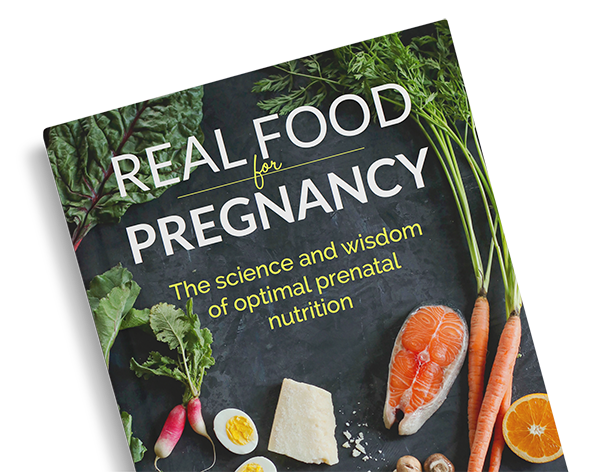

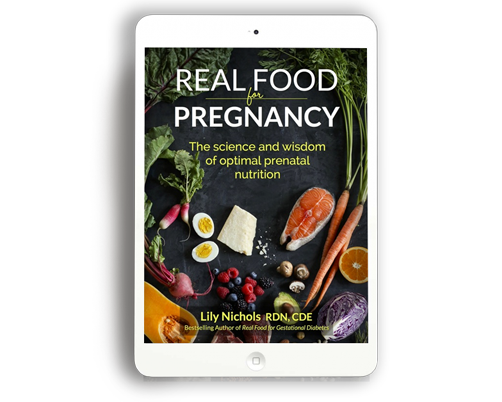
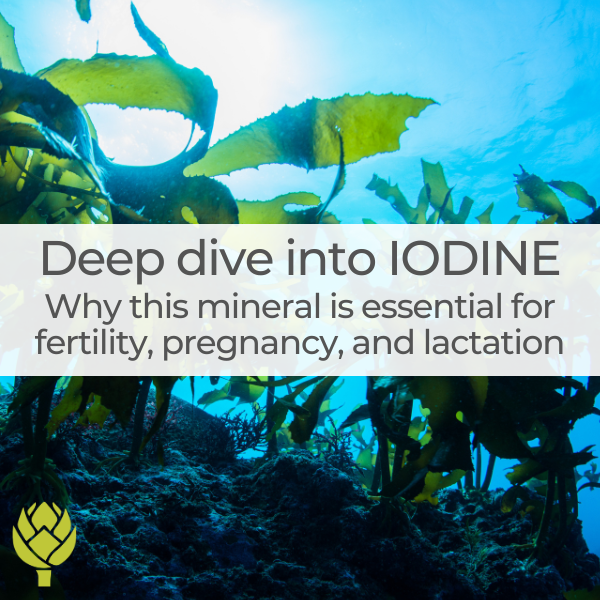

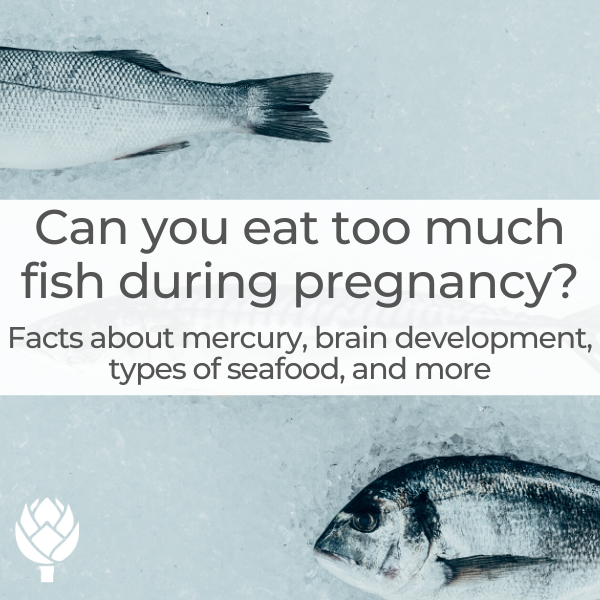
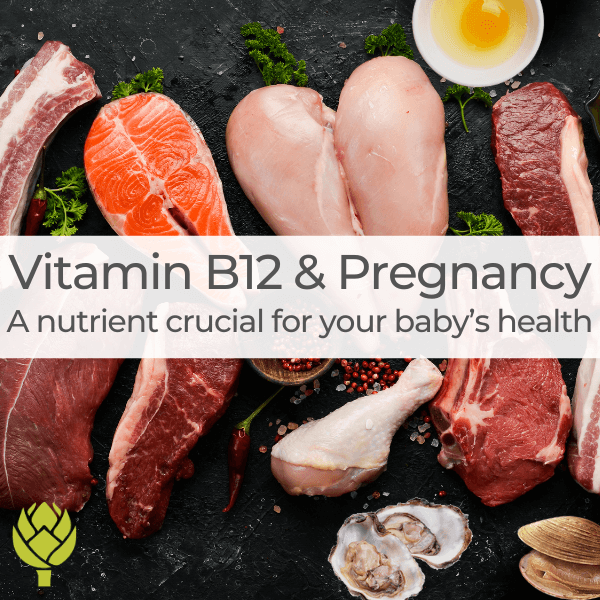

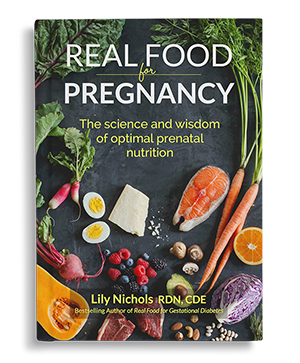
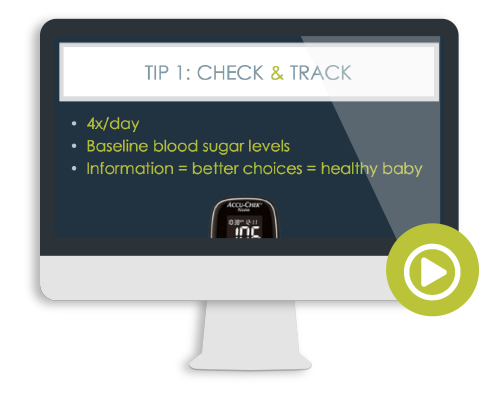
I love this post! So real, so interesting, and so relevant.
I’m considering studying Nutrition and Dietetics and your website has been a huge inspiration.
Thank you!
Sara
Thank you, Sara! And best of luck on your career decision. We need more “real food” RDs out there. 🙂